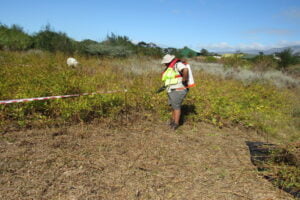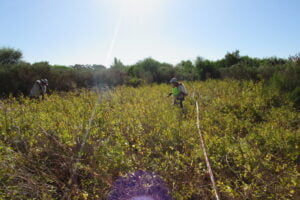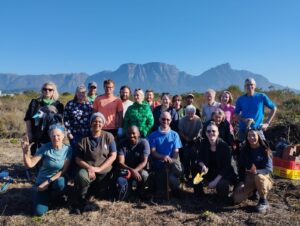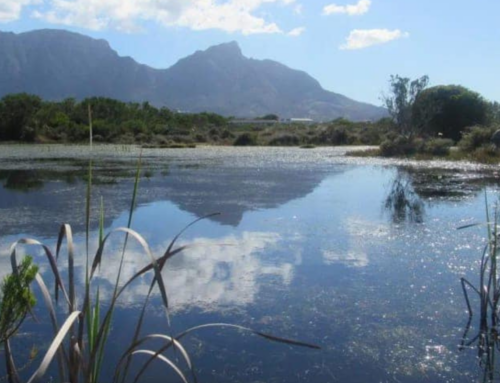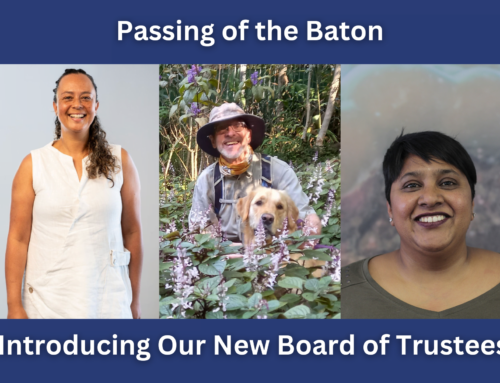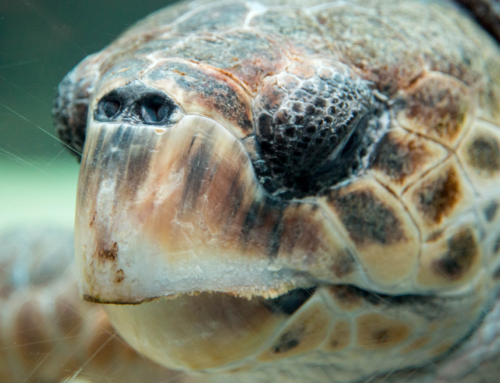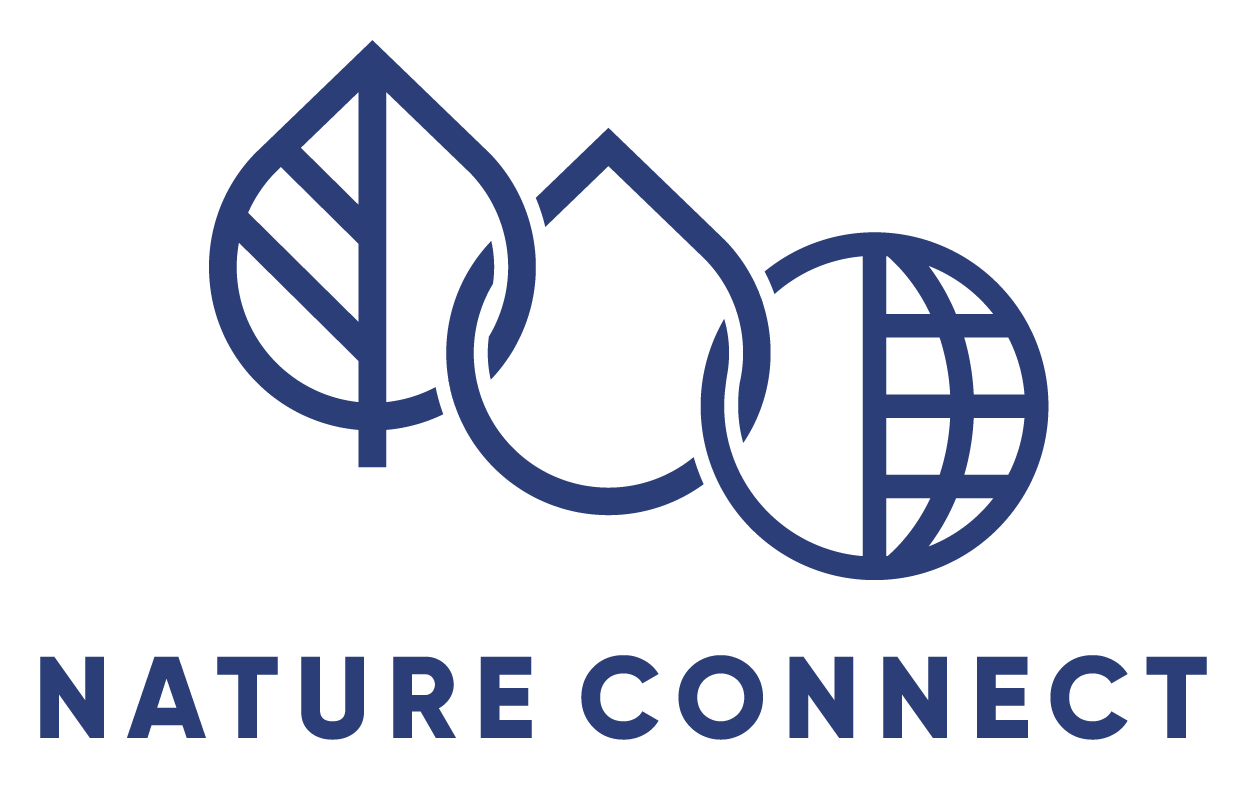By Fayruz Prins
Over the past 70 years, industrialisation and human population growth have increased exponentially, leading to significant expansion in land use and habitat disturbance worldwide. Habitat loss results from human activities such as agriculture, urbanisation, deforestation, and unsustainable resource use. While some disturbances, such as the change in climate, flooding, and fire, are natural parts of an ecosystem, their frequency has risen dramatically due to human impact. Habitat loss decreases biodiversity and alters species ranges and interactions.
Ecological restoration aims to rehabilitate degraded areas to recreate functioning ecosystems. It initiates or accelerates the recovery of ecosystems after disturbances, providing benefits like clean air and water, wildlife habitats, and medicinal plant derivatives. Healthy ecosystems also store carbon, helping to combat climate change, and they recover faster from natural disasters such as floods and wildfires.
The Society for Ecological Restoration’s Make A Difference Week is a growing event that encourages individuals and organizations to participate in global restoration efforts. Volunteers worldwide join these events to make a meaningful impact on their local environments. Nature Connect has collaborated with the Society for Ecological Restoration’s Make A Difference Week since the campaign’s inception in 2021. Our participation has included hosting seed collections and revegetation at conservation sites in Cape Town through our Nature Care Fund project, as well as beach clean-ups with partner organisations along the False Bay coastline through our Sustainable Schools programme.
This year, the Kenilworth Racecourse Conservation Area (KRCA) hosted another successful revegetation event. Managed by Nature Connect, KRCA is the largest stretch of natural habitat remaining in Cape Town’s Southern Suburbs, enclosed within the Cape Racing tracks. The 52-hectare site has been protected since 1882, resulting in the most pristine remnant of critically endangered Cape Flats Sand Fynbos. This vegetation unit is the most threatened in Cape Town and is highly fragmented due to urbanisation, agriculture, and invasive plants, with 85% of it transformed.
Restoration is a key management strategy for rehabilitating disturbed areas within the conservation site. On the 1st of June, marking the start of Make A Difference Week, KRCA partnered with its Friends group and the community to revegetate approximately 0.1 hectares. The area had been aggressively invaded by American Trumpet Vine (Campsis radicans), a species native to the United States of America, which, through all the clearing attempts, the species has persisted in growing over time and invading new sections. Staff employed various removal methods, finding the most successful to be foliar spraying and cutting when the plant had dried out. Site preparation took about 10 days of clearing and uprooting before restoration began. Picks and fork spades were used to loosen up the soil and uproot the 20-30 cm deep roots to prevent resprouting.
With propagated cuttings carefully nurtured in the onsite nursery, 200 plants from 20 different species were planted with help from 22 enthusiastic volunteers. Among these plants were several threatened species, including Leucadendron levisanus (Cape Flats Conebush), Erica verticillata (Whorl Heath), and Cliffortia ericifolia (Marsh Caperose). The plants were strategically placed to ensure a high success rate for growth and recruitment. The rainy weather following the re-vegetation helped prevent the plants from drying out, and plant survival rates will be tracked to improve ecological restoration methods.
After getting their hands dirty, volunteers assisted with removing biomass from cleared alien vegetation, removing roughly 50kg. The dedicated volunteers then enjoyed a guided walk led by Friends of KRCA committee member Sally Hey, learning more about the site’s significance and its incredible plant diversity.
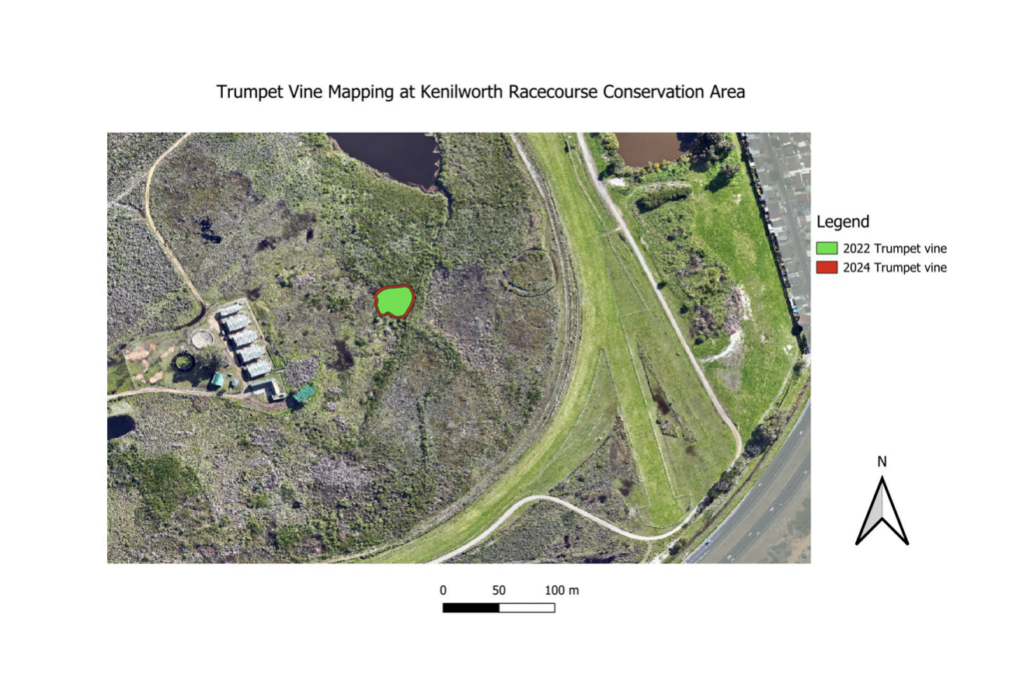
During Clearing:
During Resotoration:


